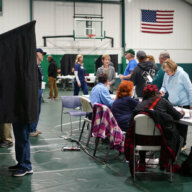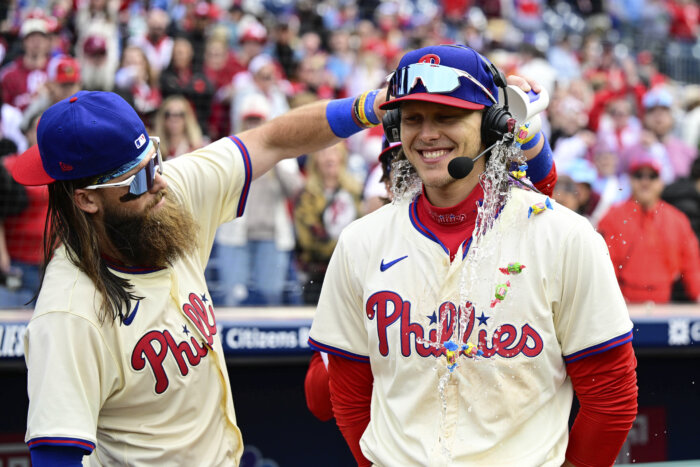 Brendan Cooney created Not-So-Silent Cinema.
Brendan Cooney created Not-So-Silent Cinema.
Credit: Nikolai Fox
The advent of sound in film killed silent cinema just as it was coming into its own as a distinct and expressive art form. The same could be said for the art of improvising live music to accompany those silent films, before composed scores came along.
Boston composer/pianist Brendan Cooney created Not-So-Silent Cinema to revive that lost musical art, creating new scores for an ever-changing ensemble to accompany classic films. “Live film scoring was a really short-lived performance tradition that only lasted for a couple of decades in history and was forgotten once sound films came out,” Cooney says. “But it’s a really cool mixed-media way of doing music and visual art that has its own unique parameters. I like the challenge.”
Not-So-Silent Cinema began life in Philadelphia while Cooney lived here and played a collage of music: tango, klezmer, jazz, the Balkan brass of the West Philadelphia Orchestra. He drafted several of his bandmates from that ensemble for his first silent film project, a score to the Soviet classic “Battleship Potemkin,” and followed that with soundtracks for “Nosferatu” and “The Mark of Zorro” before leaving for Boston in 2011.
Cooney’s latest project, being performed in Philly this week, is a score for three Buster Keaton shorts. The pianist will be joined by clarinetist Andy Bergman and banjo player Kyle Tuttle. “Buster Keaton’s short films are set in early 1920s American landscapes,” Cooney says, “so I wanted to capture an urban Americana feel reminiscent of early 20th-century American music. I wanted New Orleans jazz, hot jazz, swing, blues, ragtime, bluegrass, blues, klezmer — so I was looking for instrumentation that was able to capture all those vibes.”





























